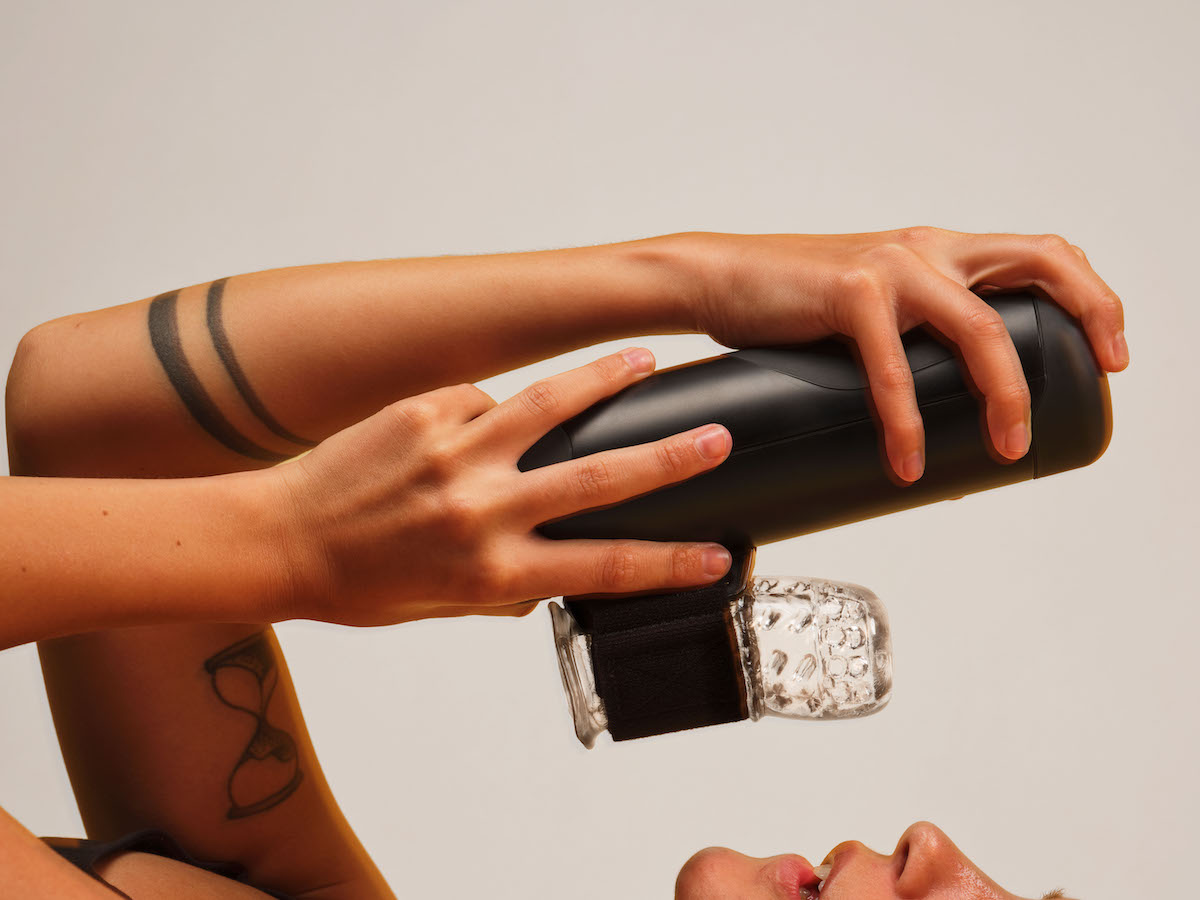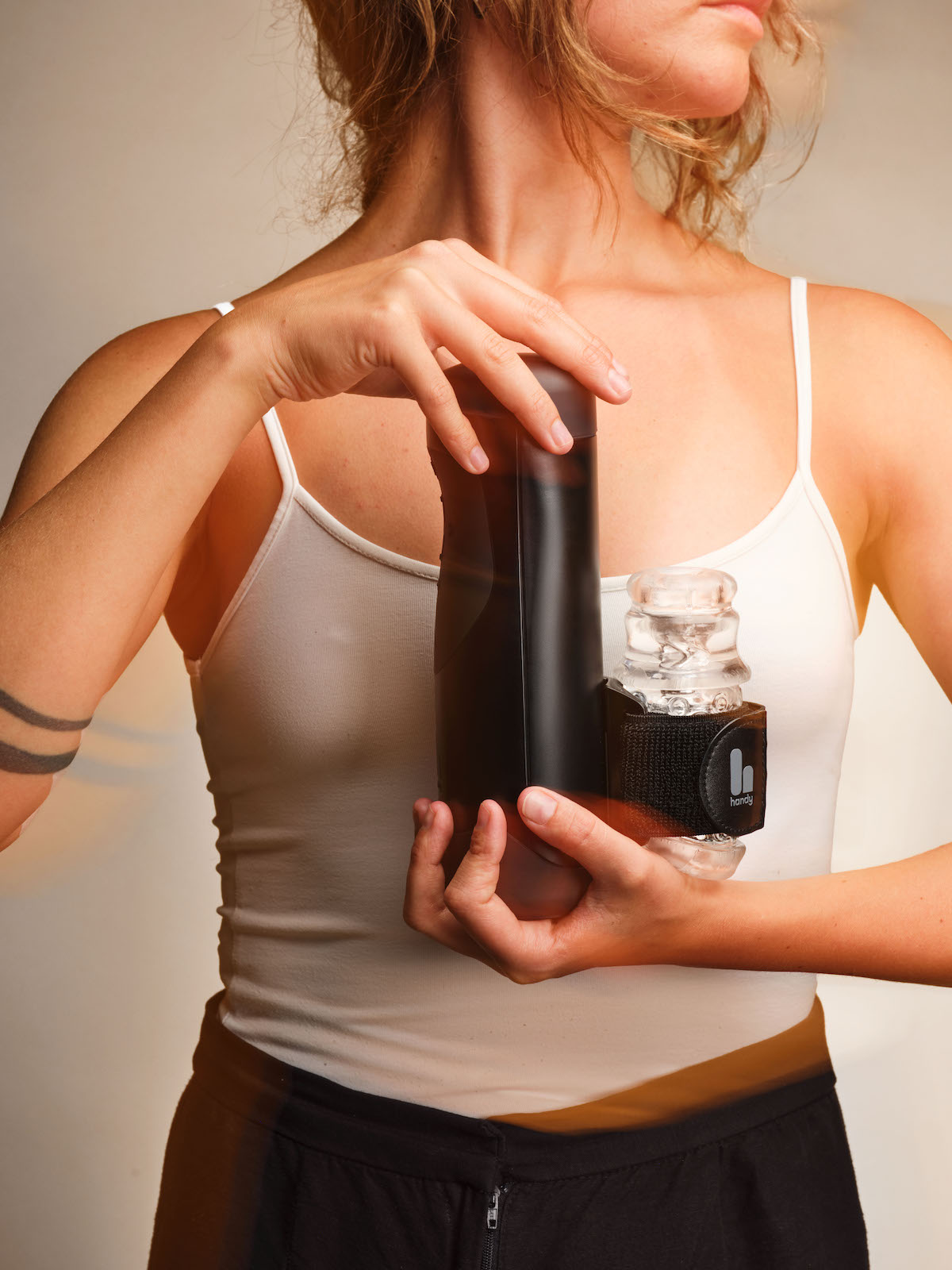
In the rapidly advancing world of technology, interactivity is no longer limited to gaming, virtual reality or social media. It has also made its way into the realm of sexual wellness, particularly through the use of scripted media that synchronizes with pleasure devices. But what exactly are these scripts, and how do they work to create an immersive and responsive experience?
WHAT ARE SCRIPTS?
Scripts, in the context of interactive pleasure devices, are coded files that act as a set of instructions, telling a device how to respond to specific media content. These scripts are essentially a form of digital choreography, designed to synchronize the device’s movements with the rhythm, speed, and intensity of visual or audio stimuli.
Think of scripts as a bridge between the media you are consuming and the physical sensations your device delivers. When a video or audio track is paired with a script, the device interprets the data from the script to mimic the timing and motions presented on screen or through sound.
HOW DO SCRIPTS WORK?
Scripts are typically written in specific formats, such as .funscript, which map out the movements and adjustments in speed or intensity for a particular piece of media. Here’s a breakdown of how scripts function:
- Script Files: These files contain precise data that instructs the device on how to behave. For example, a script for a video might dictate when the device should increase or decrease in speed, or when it should change the length of its strokes, to match the action happening in the content.
- Synchronization: Once a device is paired with a piece of scripted content, it reads the script file in realtime and adjusts its actions accordingly. If the action on screen slows down, the device responds by slowing down. If there’s an increase in intensity, the device ramps up its movements to match.
THE INTERACTIVITY OF SCRIPTS
The appeal of scripts lies in their ability to translate digital media into physical sensations, creating an interactive experience. Here’s how the process works on a technical level:
- Visual to Physical Translation: Scripts analyze the visual or auditory cues in the media and convert this information into data that the device can process. For instance, the motion in a video is broken down into commands for speed and intensity, allowing the device to replicate those movements in sync with what’s happening on the screen.
- Realtime Interaction: The device, usually connected via Wi-Fi or Bluetooth, responds to the instructions in the script without delay. This real-time interaction ensures that the sensations felt are directly tied to the content being consumed, heightening the immersive experience.
- Customization and Control: Although scripts are pre-programmed, many devices allow users to adjust settings like speed, intensity, and stroke length on the fly. This level of customization ensures that while the experience is synchronized, it can still be tailored to personal preferences.
 TYPES OF SCRIPTED CONTENT
TYPES OF SCRIPTED CONTENT
One of the most exciting aspects of scripts is their versatility. They can be used across a range of media, making them suitable for various types of content, from visual entertainment to audio-based experiences:
- Adult Videos: The most common use for scripts is in adult entertainment, where scripts allow devices to synchronize with the actions on screen.
- ASMR and Audio: Scripted audio, such as ASMR (Autonomous Sensory Meridian Response), provides another layer of interactivity by synchronizing a device’s movements with sound patterns, allowing users to feel the ebb and flow of sounds in a tactile way.
- Interactive Games: Some interactive erotic games also support scripted feedback, where in-game actions are directly translated into physical sensations, adding an additional layer of immersion to the gaming experience.
THE FUTURE OF SCRIPTED INTERACTIVITY
As technology continues to evolve, the development of more advanced scripting techniques is pushing the boundaries of what interactive devices can offer. From more sophisticated media synchronization to enhanced customization options, the potential for scripts to deliver highly personalized and responsive experiences is vast.
While devices like The Handy have popularized this technology in the sexual wellness space, the principles behind scripts can be applied to various other interactive scenarios. The ability to seamlessly connect media with physical sensations creates new opportunities for innovation in both entertainment and wellness sectors.
Scripts are a key element in the growing field of interactive technology, offering a powerful way to merge digital media with physical sensations. By translating media cues into data that devices can process in realtime, scripts provide an immersive, responsive and customizable experience for users.
If you’re curious about exploring the world of scripted interactivity, devices like The Handy are leading the charge, offering a glimpse into what this technology can achieve.
Carly Kaufman is the Community Manager for Ohdoki.



